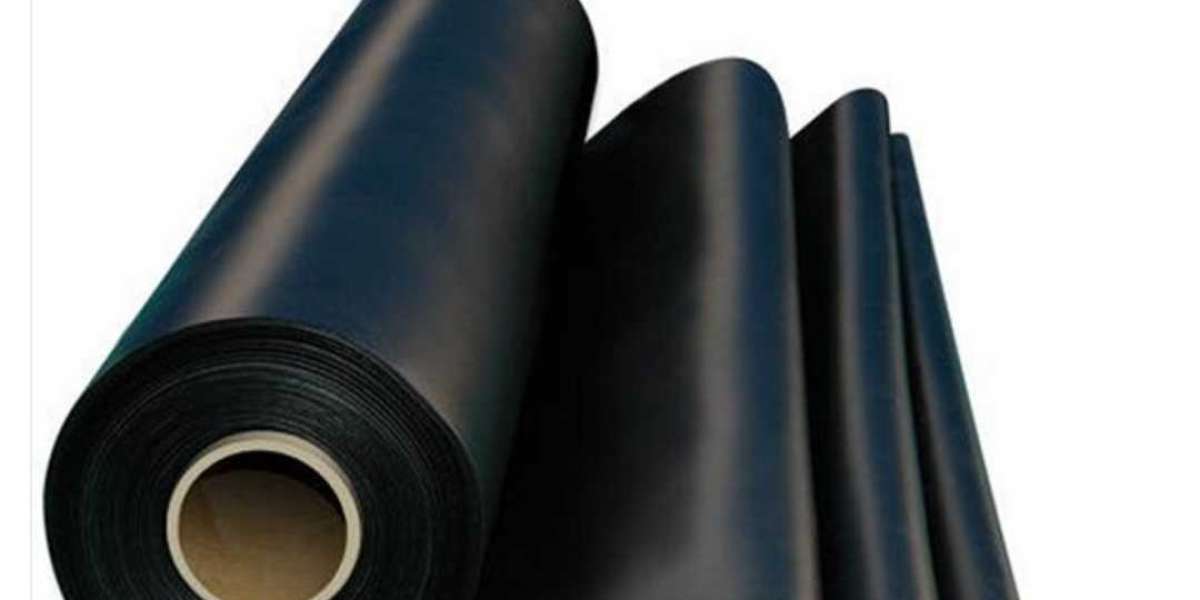Introduction to Geomembrane Sheets
One of the most popular types is the Hdpe Geomembrane Sheet, known for its durability, chemical resistance, and low permeability. This flexible and impermeable material is primarily made from high-density polyethylene (HDPE) and is widely utilized for different applications such as landfill liners, water containment, and agricultural projects. Understanding the properties and applications of geomembrane sheets can help professionals select the right materials for their projects, significantly enhancing efficiency while ensuring environmental protection.
Characteristics of HDPE Geomembrane Sheets
HDPE geomembrane sheets possess several characteristics that make them suitable for a multitude of applications. Their outstanding resistance to punctures and tears is particularly important when it comes to maintaining the integrity of containment systems. The high-density polyethylene used in these sheets provides excellent UV stability, making them ideal for outdoor applications where exposure to sunlight can lead to material degradation. Additionally, HDPE geomembrane sheets are resistant to various chemicals, including acids and bases, which ensures that they can be employed in the most demanding environments without compromising their structural integrity.
Applications of Geomembrane Sheets in Various Industries
The versatility of geomembrane sheets allows for their application across different fields. In environmental engineering, they are most commonly used as liners for landfills and waste containment systems. Their impermeability helps to prevent leachate from escaping into the surrounding soil and groundwater, thus protecting ecosystems and human health. Agriculture also benefits from geomembrane sheets, which can create controlled environments for irrigation and drainage, ensuring optimal growing conditions for crops. Moreover, they serve significant roles in the construction industry, acting as barrier materials in dams and reservoirs, as well as providing stability for roads and foundations.
The Economic Impact: Geomembrane Sheet
One of the essential considerations when selecting geomembrane sheets for a project is the Geomembrane Sheet Price. While HDPE geomembrane sheets often come with a higher initial investment compared to other materials, the long-term benefits can outweigh the costs. Their durability and resistance to various environmental conditions lead to lower maintenance and replacement costs over time. When making decisions based on price, it is crucial to evaluate the total lifetime cost rather than just the upfront expenses. Organizations may find that the initial investment in HDPE geomembrane sheets leads to significant savings in the long run, making them a more economical choice for many applications.
Environmental Considerations in the Use of Geomembrane Sheets
The consideration of environmental impact is crucial when utilizing geomembrane sheets in projects. These materials play an essential role in promoting sustainability in the construction and environmental sectors. By creating barriers that prevent contaminants from leaching into groundwater and soil, geomembranes contribute to preserving natural resources. Furthermore, as industries increasingly prioritize environmentally friendly practices, the demand for high-quality geomembrane sheets continues to rise. Responsible manufacturers are becoming more attentive to eco-friendly production processes and the performance of their materials, which is essential for greener construction initiatives.
Innovations and Advancements in Geomembrane Technology
As technology advances, the geomembrane industry is witnessing innovative developments that enhance the performance, sustainability, and cost-effectiveness of geomembrane products. Research into new materials and additives is ongoing, aiming to improve resistance against stress fractures, punctures, and environmental degradation. Moreover, the application of nanotechnology is breaking new ground, leading to the formulation of geomembranes that boast superior qualities while minimizing environmental impact. These advancements signify that the geomembrane market will continue thriving as it responds to the evolving needs of clients across multiple industries.
Challenges Faced by Geomembrane Sheet
While the future appears promising for geomembrane sheets, manufacturers face significant challenges in the production and distribution processes. Changes in regulations concerning environmental safety present hurdles in manufacturing practices. Moreover, competition within the market intensifies as new players emerge, each vying for a share in the geomembrane sector. Balancing cost management with maintaining high-quality standards is another challenge faced by manufacturers. As consumer demand for efficient, long-lasting products rises, companies must be agile while keeping prices attractive to remain competitive.
Conclusion: The Future of Geomembrane Sheets
In conclusion, geomembrane sheets, particularly HDPE geomembrane sheets, form an integral part of modern engineering and environmental management practices. The wide range of applications across different fields, coupled with their resistance to wear, make them a popular choice among professionals. As the market evolves, technology will undoubtedly propel Geomembrane Sheet Manufacturers to develop even more efficient products that can meet the growing demand while addressing environmental concerns. By considering factors like geomembrane sheet price and the specific needs of their projects, stakeholders can make informed decisions that will lead to a sustainable future.
Frequently Asked Questions
What are the primary uses of HDPE geomembrane sheets?
HDPE geomembrane sheets are primarily used in landfill liners, water containment systems, and agricultural applications, thanks to their excellent barrier properties.How do I determine the geomembrane sheet price for my project?
The geomembrane sheet price can vary based on factors such as material thickness, project size, and specific application requirements. It’s advisable to obtain quotes from multiple manufacturers for comparison.Are there eco-friendly options available within geomembrane sheets?
Yes, many geomembrane manufacturers are focusing on eco-friendly production processes and materials to reduce the environmental impact, making sustainable options available.What factors should I consider when choosing a geomembrane sheet manufacturer?
When selecting a manufacturer, consider factors such as product quality, customer support, reputation in the industry, and compliance with environmental regulations to ensure you choose a reliable supplier.



